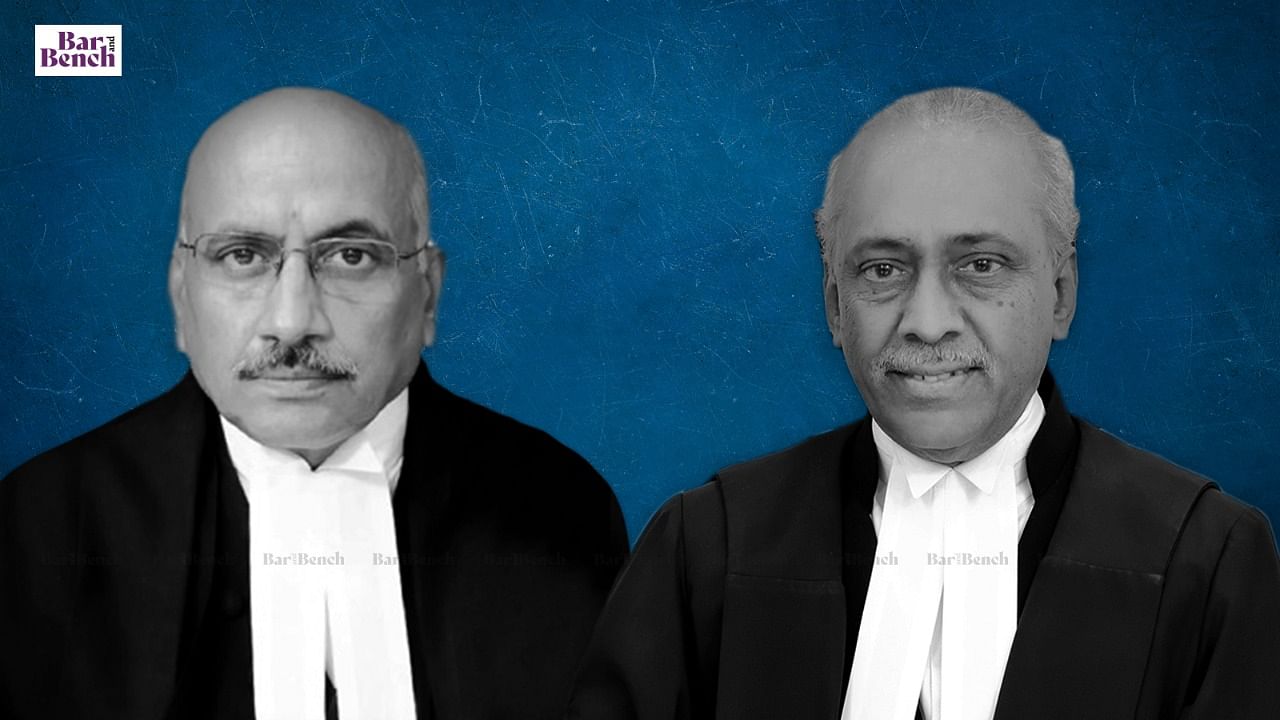

The Supreme Court on Monday held that a Wakf Board is “State” within the meaning of Article 12 of the Constitution, and therefore remains open to challenge under writ jurisdiction [State of Andhra Pradesh v AP State Wakf Board & Ors].
A Bench of Justices Hemant Gupta and V Ramasubramanian also held that land dedicated for pious and religious purpose is not immune from its vesting with the State.
“The Wakf Board is a statutory authority established under the Act and is a “State” within the meaning of Article 12 of the Constitution. A constitution Bench of this Court in a judgment reported as Rajasthan State Electricity Board, Jaipur v. Mohan Lal & Ors held “that the expression “other authorities” in Article 12 will include all constitutional or statutory authorities on whom powers are conferred by law,” the Court held.
In a nutshell
– The Andhra Pradesh High Court dismissed a challenge by the State of Andhra Pradesh against a notification issued by a Wakf Board declaring land as wakf property. This was challenged before the Supreme Court;
– The High Court relegated the parties to their remedy before the Andhra Pradesh Wakf Tribunal;
– The appellants argued that the writ jurisdiction of the top court could not be excluded simply because statutory remedies are available;
– Respondents argued that whether subject land is Wakf property was the exclusive jurisdiction of the Tribunal;
– The Supreme Court, however, held that the Wakf Board’s decisions are subject to writ jurisdiction;
– State government, as a juristic entity, can protect its property through the writ court, just as any individual could have;
– Land dedicated for pious purposes was not immune from vesting with the State.
The judgment was delivered in an appeal by the State of Andhra Pradesh (now, Telangana) challenging a notification dating back to 2006 issued by the Wakf Board declaring land measuring 1,654 acres and 32 guntas as wakf property.
The challenge was first preferred before the Andhra Pradesh High Court, which dismissed the pleas while holding that whatever properties are treated as wakf cannot be reversed because they always remains as wakf properties. The High Court also laid down principles to be followed with respect to wakf property.
It further held that all disputes that arise relating to wakf property were to be adjudicated only by the Wakf Tribunal.
The appellants argued that the notification was issued without following any procedure, simply on the grounds that certain lands were not notified previously. It was also argued that the High Court’s writ jurisdiction could not be excluded only because there exist alternative statutory remedies.
It was further contended that Manikonda village, where the wakf property was located, was jagir land and subsequent to the commencement of the Abolition Regulation, conditional grants made in favour of temples, mosques or any institutions established for religious and pious purposes stood abolished.
On the other hand, the State firmly argued that whether the subject land is wakf property and whether the same was wrongly included in the list of wakfs exclusively fell within the exclusive jurisdiction of the Wakf Tribunal.
Another argument advanced by the respondent was that if a document shows that there is dedication for a pious or charitable or religious purpose, the right of the person dedicating the property is extinguished and the ownership is transferred to the Almighty.
While dealing with the several issues that came up before the Division Bench, a detailed history of the subject matter was rendered in the judgment. The Court discussed the background of Hyderabad State and its administration immediately prior to accession and soon thereafter. The Jagir Abolition Regulation, the Atiyat Enquiries Act, the Abolition of Inams Act and the historical background of Wakf vis-a-vis Hyderabad were discussed.
While carrying out this lengthy discussion, the judgment acknowledged the efforts of Justice V Ramasubramanian, one of the judges on the Bench, in tracing the history of questions relating to land disputes in the judgment Raj Kishan Pershad and Ors. v. Joint Collector-I.
On its detailed examination of precedent and statutory provisions, the Bench found that the High Court erred in relegating the parties to the statutory remedy.
“Since the question was in respect of interpretation of the statutes and the documents primarily issued by the Sovereign, the matter needs to be examined on merits as detailed arguments have been addressed by learned counsel for the parties,” it was recorded.
Further, to establish that the writ jurisdiction of the Court was not barred, it was stated that the State government, as a juristic entity, had a right to protect its property through the writ court, just as any individual could have invoked the jurisdiction of the High Court.
“Therefore, the State Government is competent to invoke the writ jurisdiction against the action of the Wakf Board to declare the land measuring 1654 acres and 32 guntas as wakf property,” the Court held.
The Court also categorically lay down that land dedicated for pious and religious purposes was not immune from vesting with the State.
Therefore, the appeal was allowed and the notification of the Wakf Board was quashed. The land was vested in the State free from any encumbrances. 90% of the gross basic sum referred was made payable to the Dargah in terms of Section 10(2)(i) of the Andhra Pradesh (Telangana Area) Jagirs (Commutation) Regulation.
[“source=barandbench”]

